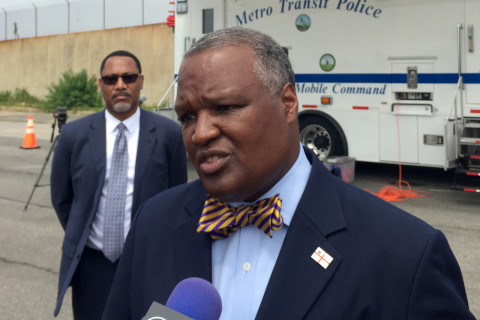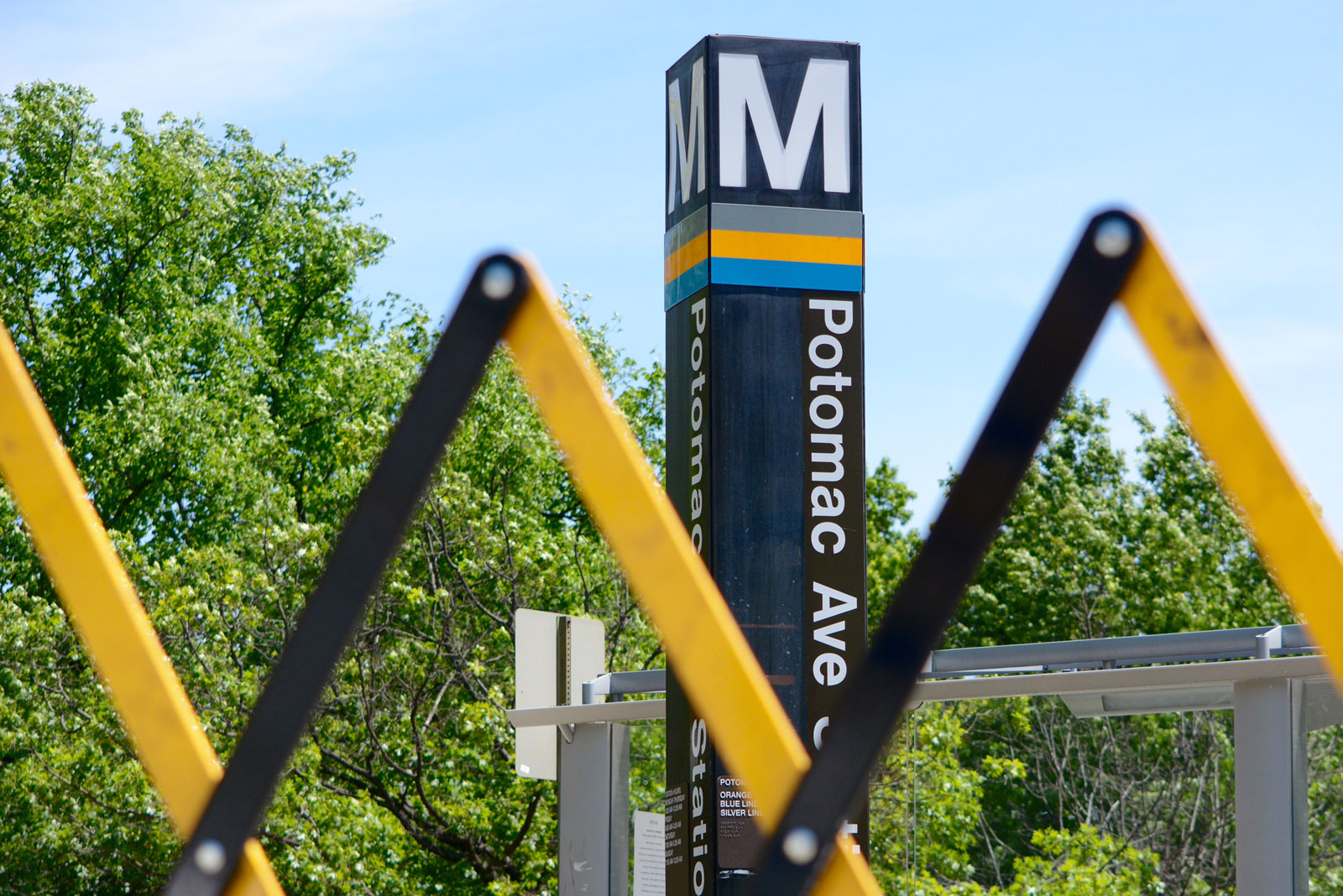WASHINGTON — While there is no crystal ball to predict how the second round of Metro’s aggressive maintenance plan will impact commuters, the University of Maryland’s National Transportation Center is trying to give the public a better idea of what they may encounter.
The second surge of Metro’s aggressive SafeTrack plan is underway and, for commuters, it is expected to provide big headaches. This stretch of work will impact much of the Blue Line, and stop rail service on three lines between Eastern Market station and Benning Road and Minnesota Avenue stations.
Overall road traffic delays are expected to increase by 2.1 percent while travel speeds are expected to decrease by 3.2 percent — not much worse than the typically tough commute for drivers and carpoolers.
The National Transportation Center used surveys and data from areas of D.C. and Prince George’s County, Maryland, to come up with the models.
For Baltimore-Washington Parkway (Md. 295) and U.S. 50, the results show a travel time increase of 1 percent.
On the Beltway, travel time could increase by 3.3 percent, which prompted the report’s recommendation that commuters leave five minutes early on Monday. Most of the traffic impacts will happen around the Metrorail stations affected by the work.
The outlook is much worse for people riding the rails.
According to survey results, 21 percent of Metrorail riders plan to get to station before the time they normally do, which could result in earlier peaks hours. For riders that means longer delays and long lines for shuttle buses at the stations where rail service is cut off.
To beat the crowd, the report recommended that rail commuters get to stations an hour early to beat the rush or leave after peak hours.








